Hidden among the rolling hills of northern Italy lies one of the country’s most captivating cultural treasures – the Sacri Monti of Piedmont and Lombardy. These nine sacred mountains, recognized as UNESCO World Heritage Sites, feature clusters of ornate chapels and architectural wonders built during the late 16th and 17th centuries.
Each sacred mountain complex offers visitors a unique blend of stunning natural landscapes, religious significance, and extraordinary artistic achievements that have stood the test of time.
I discovered these magnificent sites during my travels through Piedmont last spring and was immediately struck by their peaceful atmosphere and cultural importance.
The Piedmont region claims seven of these remarkable complexes – Belmonte, Crea, Domodossola, Ghiffa, Oropa, Orta, and Varallo – each positioned dramatically on hilltops and arranged in sequences that tell powerful religious stories through sculptures and paintings.
Walking the paths between these chapels isn’t just a beautiful hike – it’s a journey through Italian history and artistic tradition.
What makes the Sacri Monti truly special is how they blend seamlessly into their natural surroundings, creating peaceful sanctuaries that feel worlds away from the bustle of Italy’s more famous tourist destinations.
Whether you’re a history buff, architecture enthusiast, or simply seeking tranquility, these UNESCO treasures deserve a prominent spot on your northern Italy itinerary.
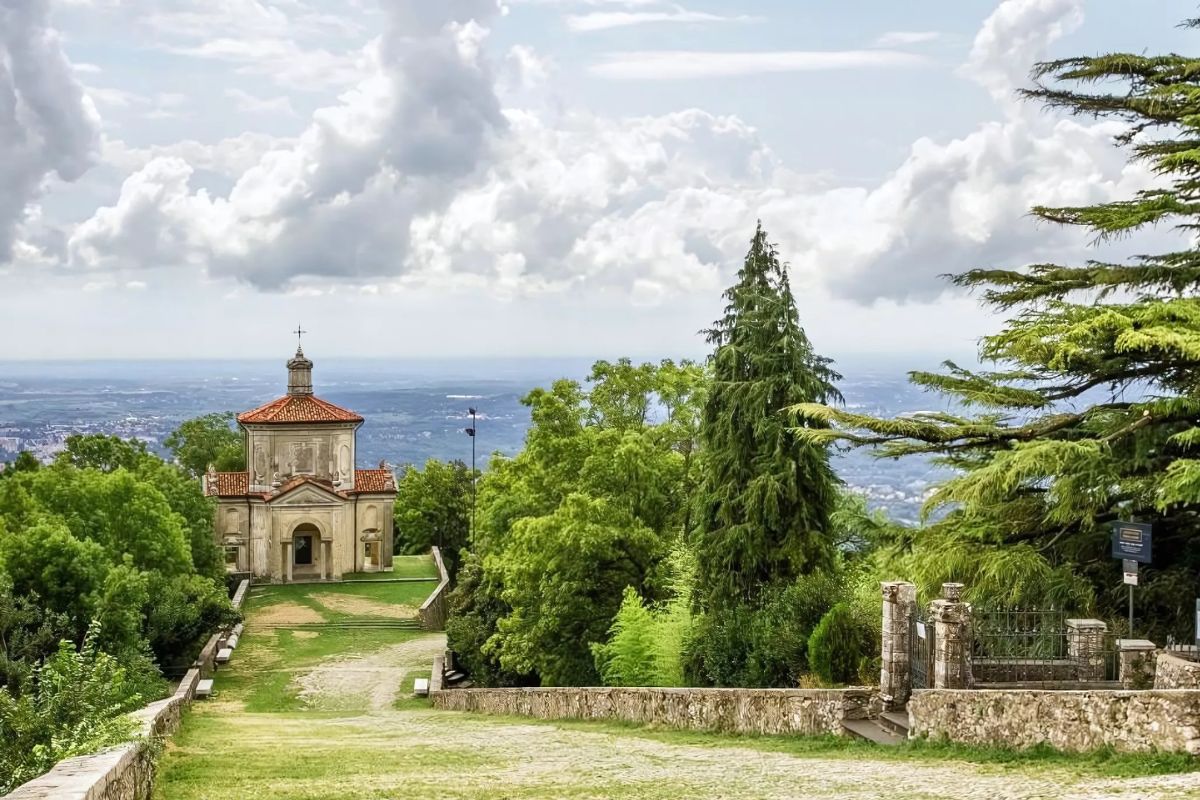
Exploring the Spiritual Pathways
The Sacri Monti offers visitors a unique journey that blends faith, art, and natural beauty. Walking these sacred paths, I discovered how these UNESCO World Heritage sites were designed as both physical and spiritual journeys for pilgrims.
Historical Significance of Sacri Monti
The nine Sacri Monti (Sacred Mountains) of northern Italy emerged during the late 16th and 17th centuries as a response to the Protestant Reformation. Catholics created these spiritual complexes to strengthen faith in a time of religious challenge.
I was fascinated to learn that these sites were originally built as European alternatives to Jerusalem. When pilgrimages to the Holy Land became dangerous, the church developed these local “New Jerusalems” where believers could worship closer to home.
Each Sacred Mountain follows a thoughtful design pattern. The chapels are strategically placed along hillside paths, creating a journey that mirrors spiritual growth.
As I walked these routes, I felt connected to centuries of pilgrims who sought enlightenment on these same paths.
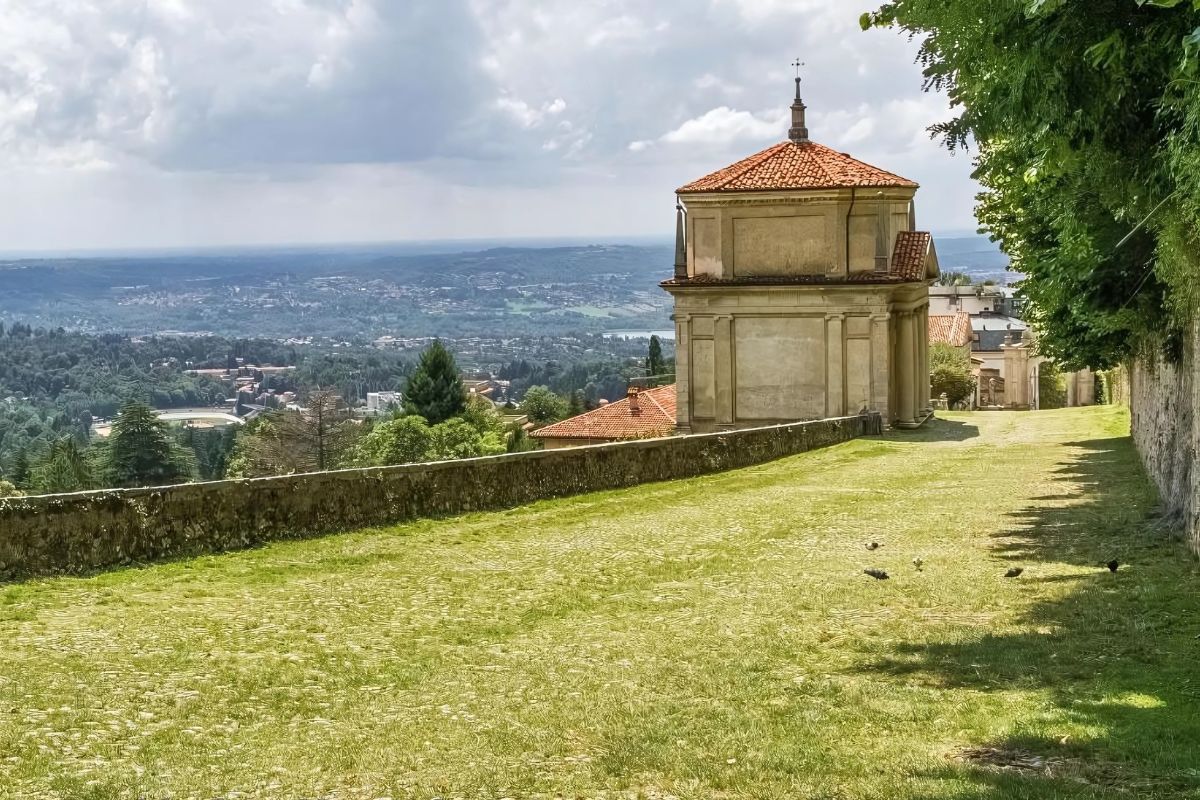
The Intersection of Art and Devotion
What struck me most about Sacri Monti was how seamlessly art and faith intertwine. Inside each chapel, I found myself surrounded by extraordinary artistic displays – life-sized statues, vivid frescoes, and detailed dioramas depicting biblical scenes.
At Sacred Mount Varallo, the 14 chapels dedicated to the Mysteries of the Rosary showcase incredible craftsmanship. Built between 1635 and 1710, each chapel contains scenes brought to life through sculpture and painting.
The artists created these works not just as decoration, but as tools for spiritual education.
The artistic value here goes beyond religious significance. These installations represent some of northern Italy’s finest Baroque art, with emotional expressions and dramatic compositions that move visitors regardless of their faith background.
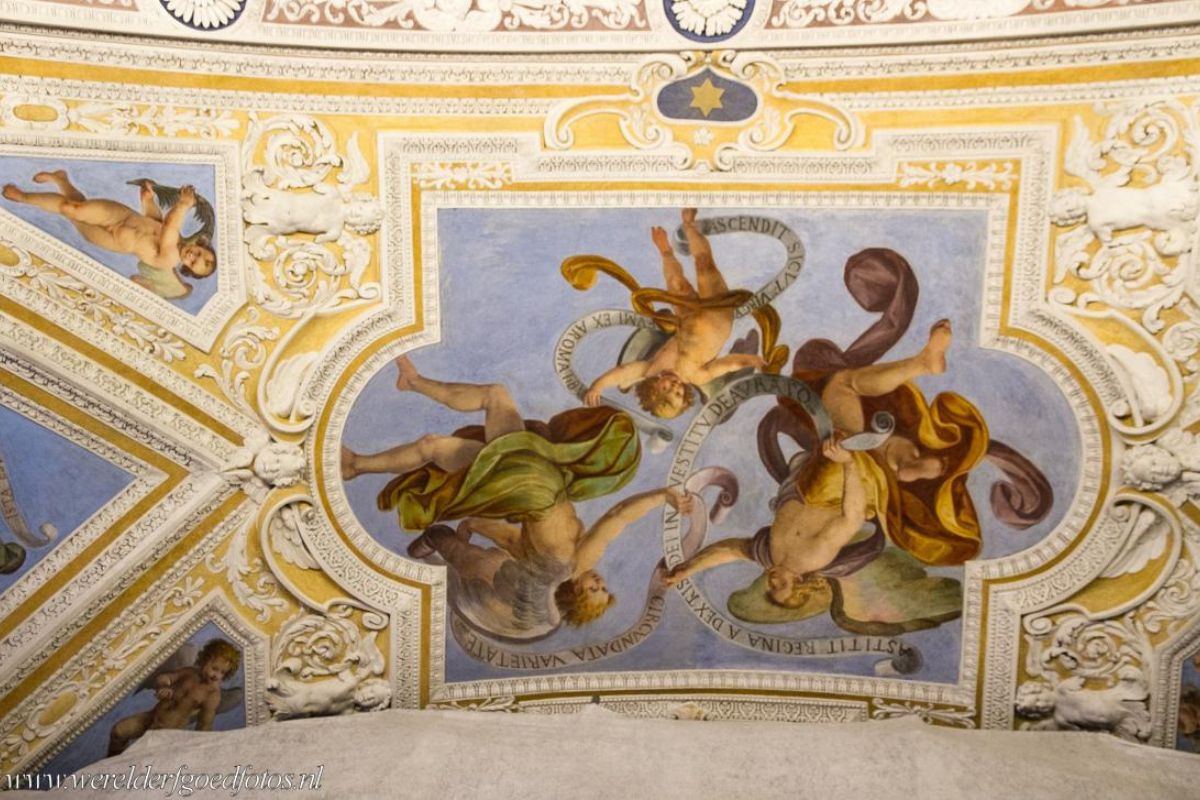
Sacri Monti of Piedmont
Piedmont region hosts some of the most impressive Sacri Monti (Sacred Mountains), which are remarkable complexes of chapels set on hilltops. These architectural treasures from the 16th and 17th centuries tell biblical stories through art and sculpture.
Sacro Monte di Varallo: The First Sanctuary
I was amazed when I first visited Varallo, the oldest of all the Sacri Monti, established in 1486. Walking through this sacred complex, I discovered 45 chapels with over 800 life-sized terracotta figures. Each chapel portrays scenes from Christ’s life with incredible detail.
The chapels are arranged in a path that winds up the mountainside. What makes Varallo special is how it was designed to be a “New Jerusalem,” allowing pilgrims to experience biblical sites without traveling to the Holy Land.
The frescoes inside each chapel took my breath away. Artists like Gaudenzio Ferrari created these masterpieces that still vividly tell their stories today. I recommend spending at least three hours here to fully appreciate this remarkable place.
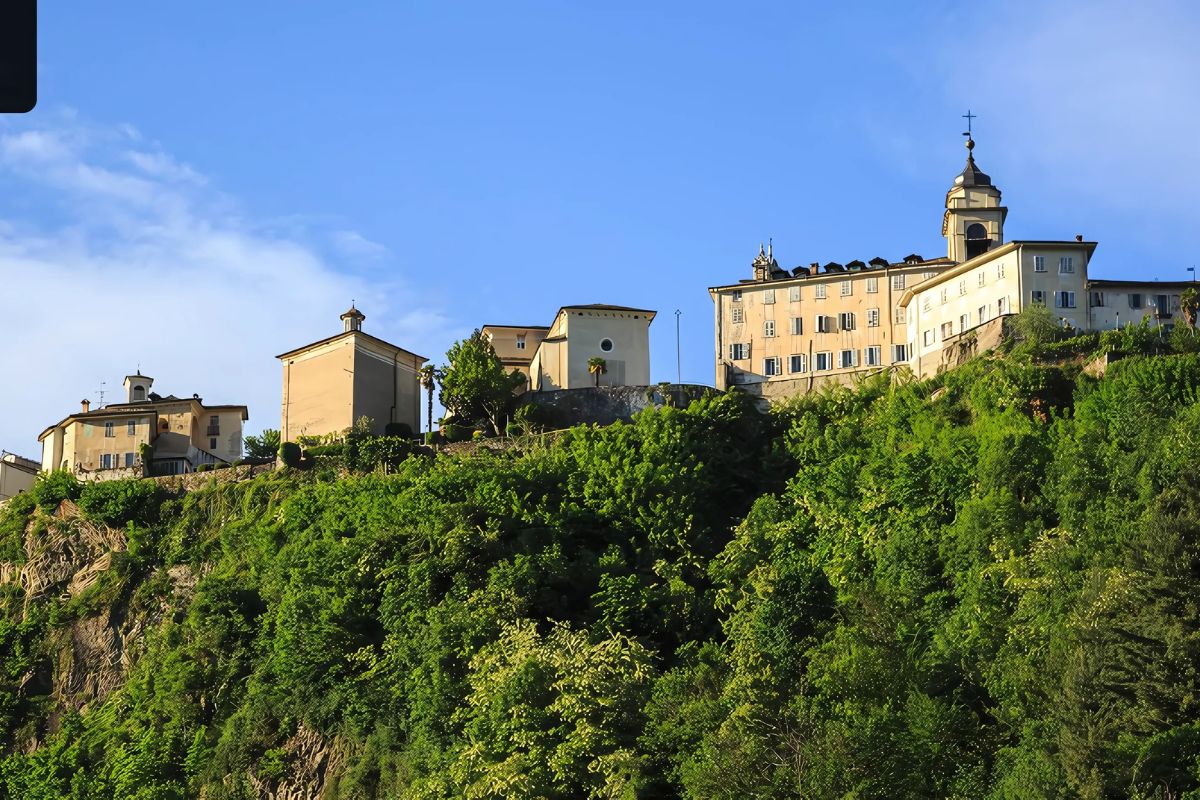
Sacro Monte di Oropa: In the Heart of the Alps
Nestled at 1,200 meters above sea level, Oropa offered me one of the most spectacular mountain settings of any Sacri Monti. The complex includes 12 chapels dedicated to the life of the Virgin Mary, built between 1620 and 1720.
What I love about Oropa is how the chapels blend with the stunning Alpine landscape. Each one houses detailed sculptures and paintings that seem to come alive as you move through the sanctuary.
The Black Madonna statue is the spiritual heart of Oropa. Pilgrims have journeyed here for centuries to pray before this revered icon.
During my visit, I was lucky to witness one of the traditional ceremonies that still take place here. The nearby Sanctuary of Oropa also offers accommodations, making it possible to stay overnight and explore at a relaxed pace.
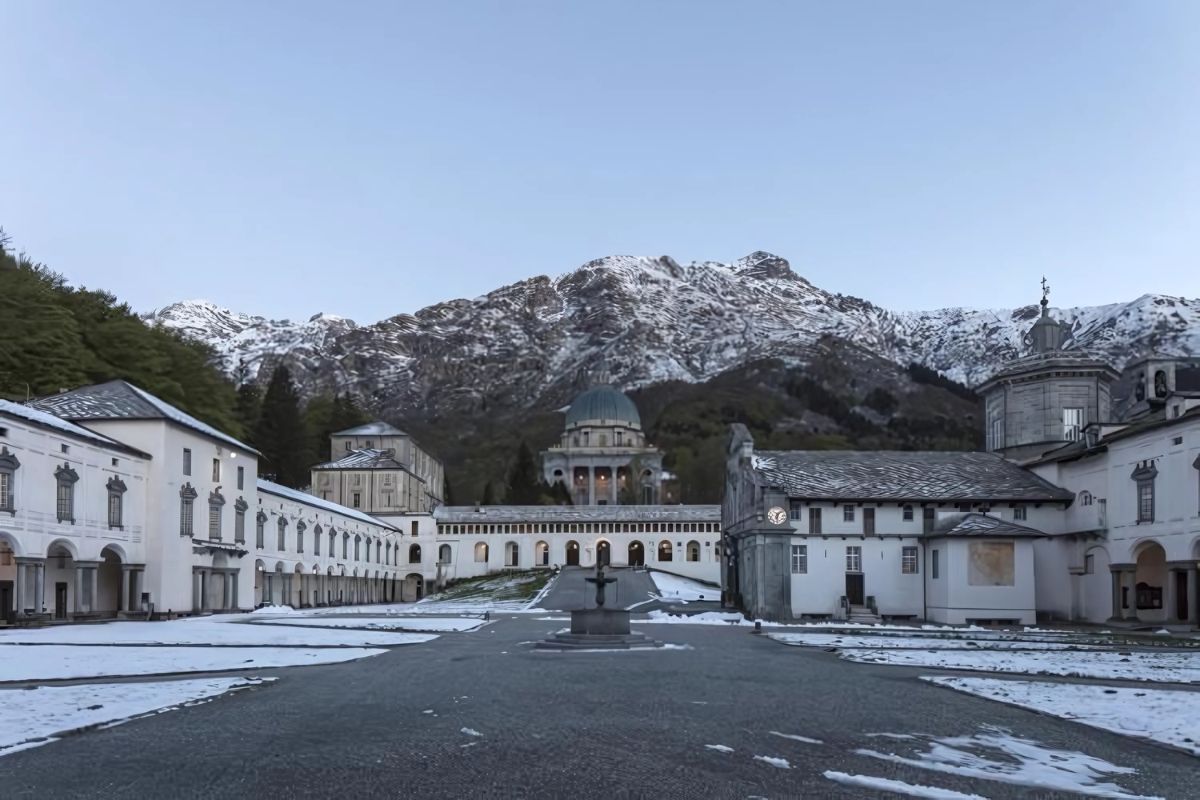
Sacro Monte di Ghiffa: Overlooking Lake Maggiore
My journey to Ghiffa revealed a smaller but equally captivating Sacro Monte. Perched above the western shore of Lake Maggiore, this sacred mountain offers breathtaking views that complement its religious significance.
Unlike other Sacri Monti, Ghiffa focuses on Old Testament stories. I found only three chapels completed here, dedicated to the Mystery of the Trinity, but their quality is exceptional.
The natural setting enchanted me as much as the art. Walking paths connect the chapels through beautiful woodland, creating a peaceful atmosphere for reflection.
What makes Ghiffa unique is how it balances religious art with natural beauty. I recommend visiting in the late afternoon when the sun casts a golden light across Lake Maggiore below. The sanctuary is less crowded than others, offering a more intimate experience with both spirituality and nature.
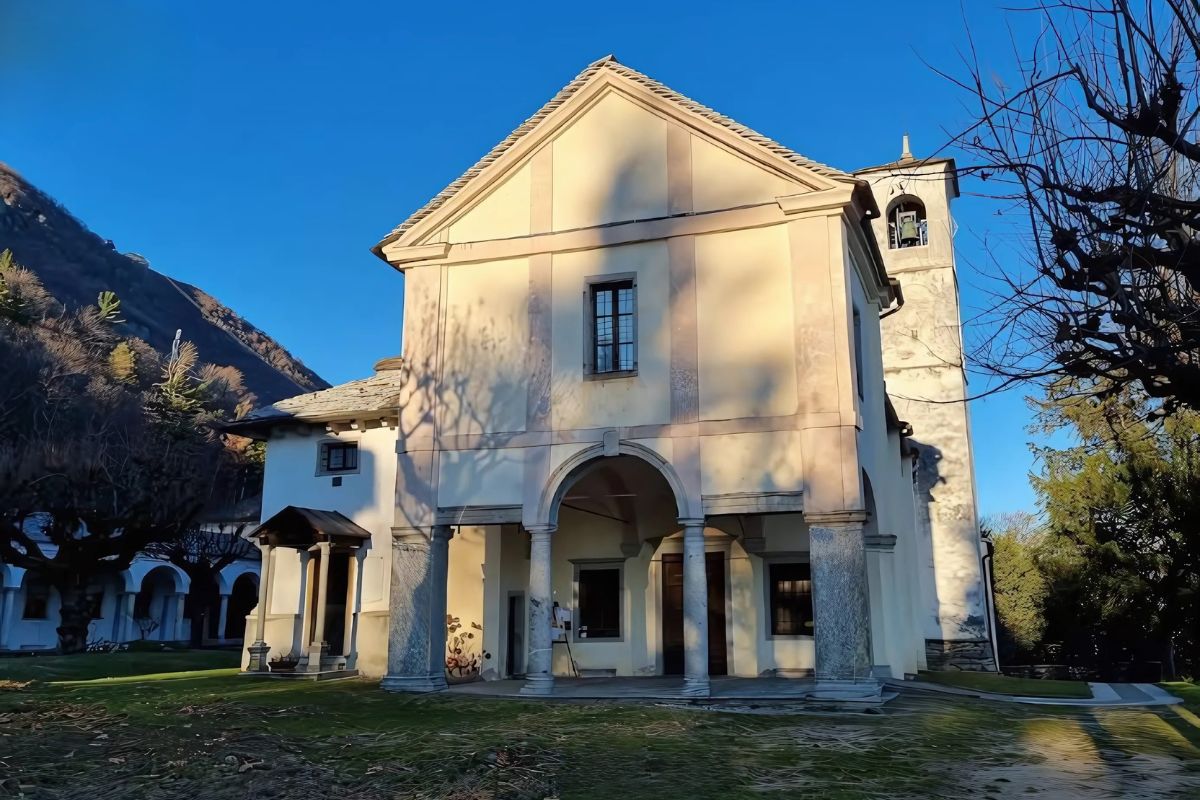
Sacri Monti of Lombardy
The Lombardy region hosts some of the most impressive Sacred Mountains, each offering unique artistic and spiritual experiences. These sacred complexes blend natural beauty with religious devotion, creating unforgettable destinations for both pilgrims and tourists.
Sacro Monte di Varese: The Sacred Journey
I discovered the Sacro Monte di Varese nestled on the slopes of Mount Campo dei Fiori, about 50 miles northwest of Milan. This remarkable sacred path features 14 chapels built between 1604 and 1698, representing the Mysteries of the Rosary.
Walking the cobblestone path, I was struck by how each chapel tells part of a larger story. The architecture blends seamlessly with the natural surroundings, creating a peaceful atmosphere for reflection.
What makes this site special is its stunning views of Lake Varese and the Alps. The chapels contain over 200 life-sized terracotta statues and beautiful frescoes that bring biblical scenes to life.
At the summit sits the Sanctuary of Santa Maria del Monte, dating back to the 11th century. Plan to spend at least 2-3 hours exploring this site for the full experience.

Sacro Monte di Orta: Sanctity by Lake Orta
My visit to Sacro Monte di Orta was nothing short of magical. Located on a wooded peninsula above Orta San Giulio, this sacred complex overlooks the enchanting Lake Orta, creating a picture-perfect setting.
Built between 1591 and 1698, this site features 20 chapels dedicated to the life of St. Francis of Assisi. I found the artistic details particularly impressive—over 900 terracotta figures and extensive frescoes depict Francis’s life story with remarkable detail.
The path winds through lush vegetation, offering peaceful spots to rest and enjoy lake views. Unlike other Sacri Monti, this one focuses on a saint rather than biblical events, making it uniquely interesting.
The nearby town of Orta San Giulio makes a perfect base for exploration, with its medieval streets and charming waterfront. I recommend visiting early morning or late afternoon to avoid crowds and capture the best light for photos.
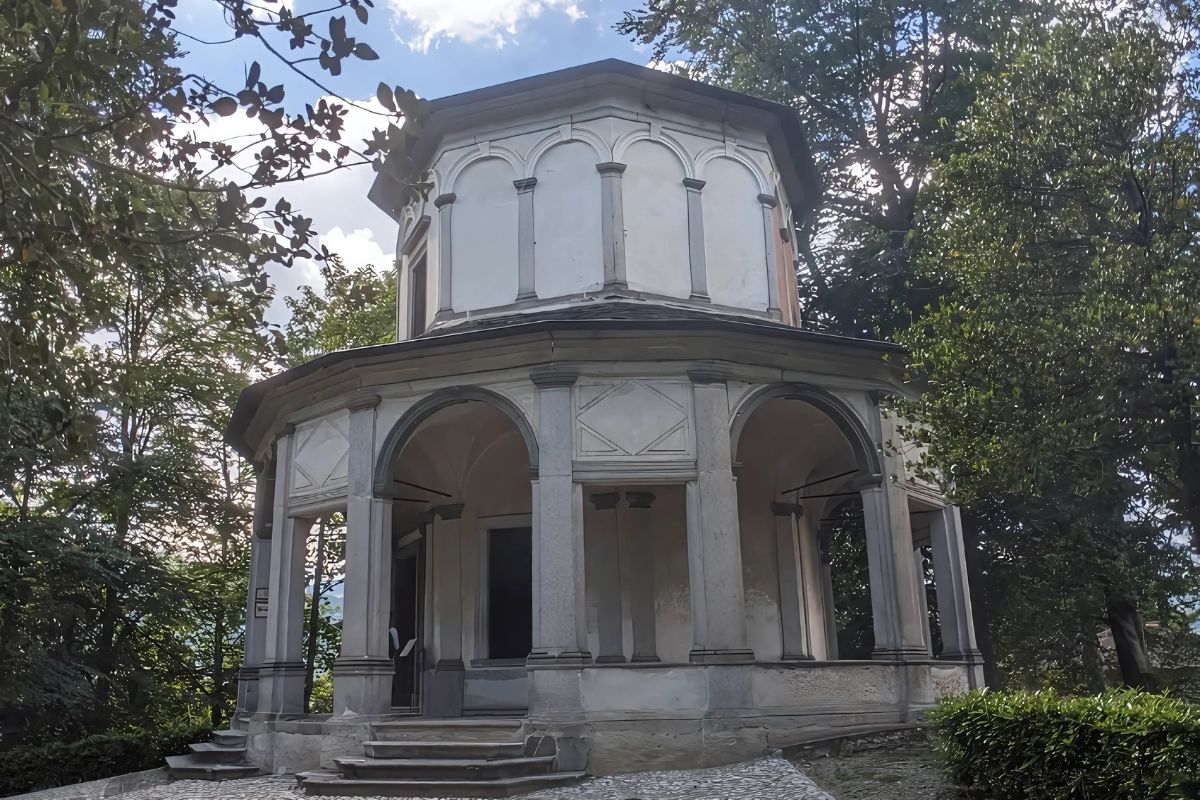
Practical Tips for Travelers
Planning your visit to the Sacri Monti requires some preparation to make the most of these spiritual and artistic treasures. These UNESCO sites in Piedmont and Lombardy offer a unique experience that combines religion, art, and nature.
Best Times to Visit
Spring and early fall offer the most pleasant conditions for exploring the Sacri Monti. From April to June, the surrounding landscapes burst with color, and temperatures remain comfortable for climbing the often steep paths of sites like Varallo and Oropa.
I’ve found September and October particularly magical, with fewer tourists and stunning autumn foliage framing the chapels. The light during these months creates perfect conditions for photography enthusiasts.
Weekdays are considerably less crowded than weekends, especially at popular sites like Varallo and Varese. Many religious celebrations happen during Easter and summer months, which can add cultural richness to your visit but also bring larger crowds.
Winter visits are possible but challenging at higher-elevation sites like Oropa, where snow may limit access to certain areas.
Accommodations and Local Cuisine
Small towns near the Sacri Monti offer charming lodging options that provide authentic Piedmontese experiences. In Varallo, several family-run B&Bs sit within walking distance of the sacred site, often at surprisingly reasonable rates (€60-100 per night).
For a more luxurious experience, consider staying in Stresa near Lake Maggiore, which provides easy access to multiple sacred mountains including Ghiffa and Orta.
The local cuisine is a highlight of any visit! Don’t miss these regional specialties:
- Risotto al Barolo: Rice cooked in local Barolo wine
- Bagna Càuda: A warm dipping sauce with anchovies and garlic
- Gianduiotti: Chocolate-hazelnut confections
Many restaurants near Sacri Monti offer prix-fixe “pilgrim menus” featuring traditional dishes at reasonable prices (€25-35).
Getting Around the Sacri Monti
Public transportation to the Sacri Monti can be limited, making a rental car the most practical option for visiting multiple sites. I recommend basing yourself in a central location like Arona or Varallo to minimize driving time.
Local buses connect major towns to some sites, but schedules can be infrequent. The sacred mountain of Varese is the most accessible by public transport, with regular buses from the city center.
For those without a car, guided tours departing from Milan or Turin offer convenient day trips to the most famous sites. These typically cost €70-120 per person and include transportation and expert guides.
Walking is essential once you arrive – comfortable shoes are a must! Some sites like Varallo involve steep climbs with hundreds of steps. Ghiffa and Orta offer gentler paths suitable for most fitness levels.
Captivating Towns Nearby
While visiting the sacred mountains of Piedmont, I discovered several charming towns that perfectly complement the spiritual journey. These nearby destinations offer their cultural treasures and natural beauty that enhance any Sacri Monti pilgrimage.
Exploring Oropa, Arona, and Stresa
Oropa isn’t just home to one of the most significant Sacri Monti—it’s a delightful alpine town with a magnificent sanctuary complex. I found the Black Madonna shrine particularly moving, drawing pilgrims for centuries. The botanical gardens nearby offer a peaceful retreat after exploring the chapels.
Arona captivated me with its massive San Carlo Borromeo statue, locally known as the “Sancarlone.” At 35 meters tall, it once ranked among the world’s tallest statues! I recommend climbing inside for panoramic views of Lake Maggiore.
Stresa exudes elegant charm with its belle époque hotels and lakefront promenades. I loved strolling through its narrow streets lined with boutiques and cafés. The town serves as the perfect base for boat trips to the Borromean Islands, where magnificent palaces and gardens await.
Lake Maggiore and Lake Orta: A Contrast in Tranquility
Lake Maggiore dazzles with its grandeur and Mediterranean atmosphere. Palm trees line its shores while snow-capped Alps create a stunning backdrop. During my visit, I took a boat to Isola Bella, where the Borromeo Palace and its terraced gardens left me speechless.
Lake Orta offers a more intimate experience. Its smaller size and fewer tourists create a magical atmosphere that feels untouched by time. The centerpiece is Orta San Giulio, a medieval village with cobblestone streets and pastel-colored buildings.
The island of San Giulio, just a short boat ride from town, houses a working monastery. Walking the island’s “Way of Silence” path gave me time for reflection after visiting the nearby Sacro Monte.
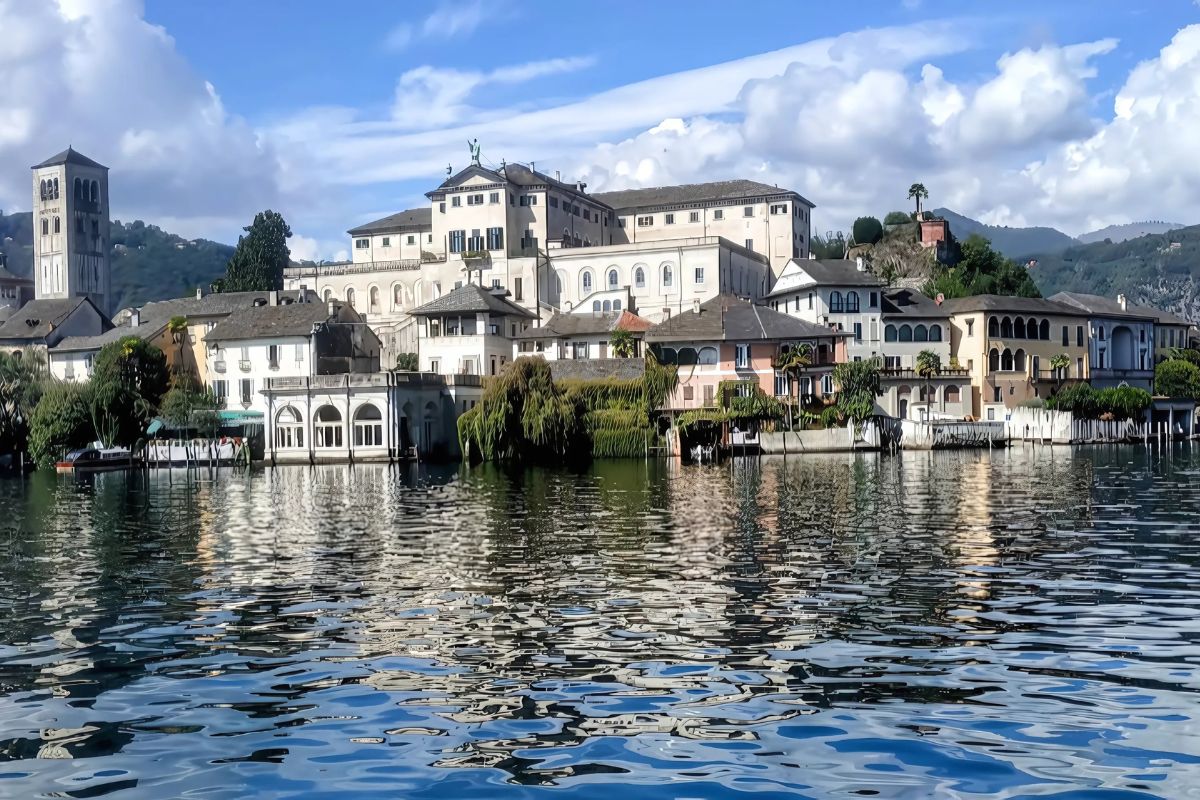
Varallo: A Cultural Hub
Varallo hosts the oldest and largest Sacro Monte. But the town itself deserves exploration.
Its Renaissance core features beautiful frescoed buildings. Also, the impressive Collegiate Church of San Gaudenzio with remarkable artwork.
The Pinacoteca houses masterpieces by Gaudenzio Ferrari. He was the brilliant artist who conceived the original Sacro Monte concept. His vivid paintings bring biblical scenes to life with extraordinary detail.
I recommend visiting during the weekly market. Locals gather to sell regional specialties.
The town’s traditional restaurants serve authentic Piedmontese cuisine. Don’t miss the local risotto or tajarin pasta with seasonal truffles.
The combination of cultural richness and culinary excellence makes Varallo a highlight of any Piedmont journey.


